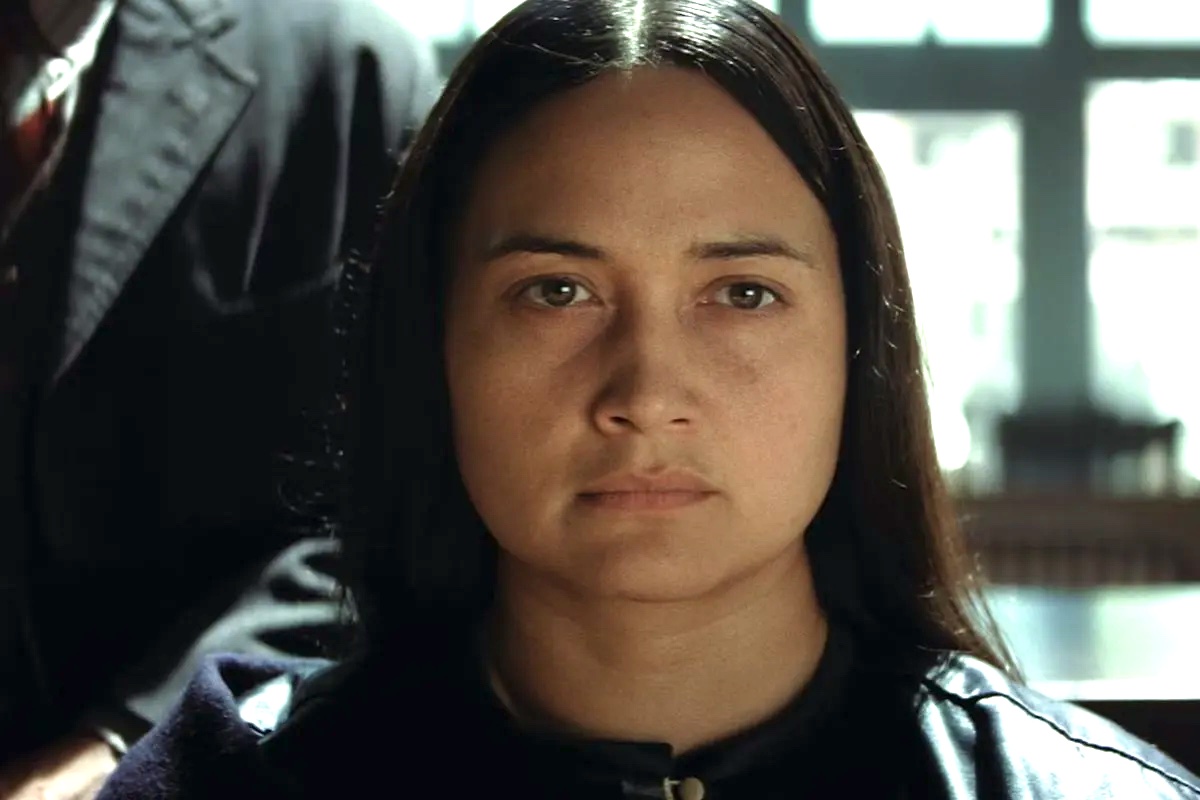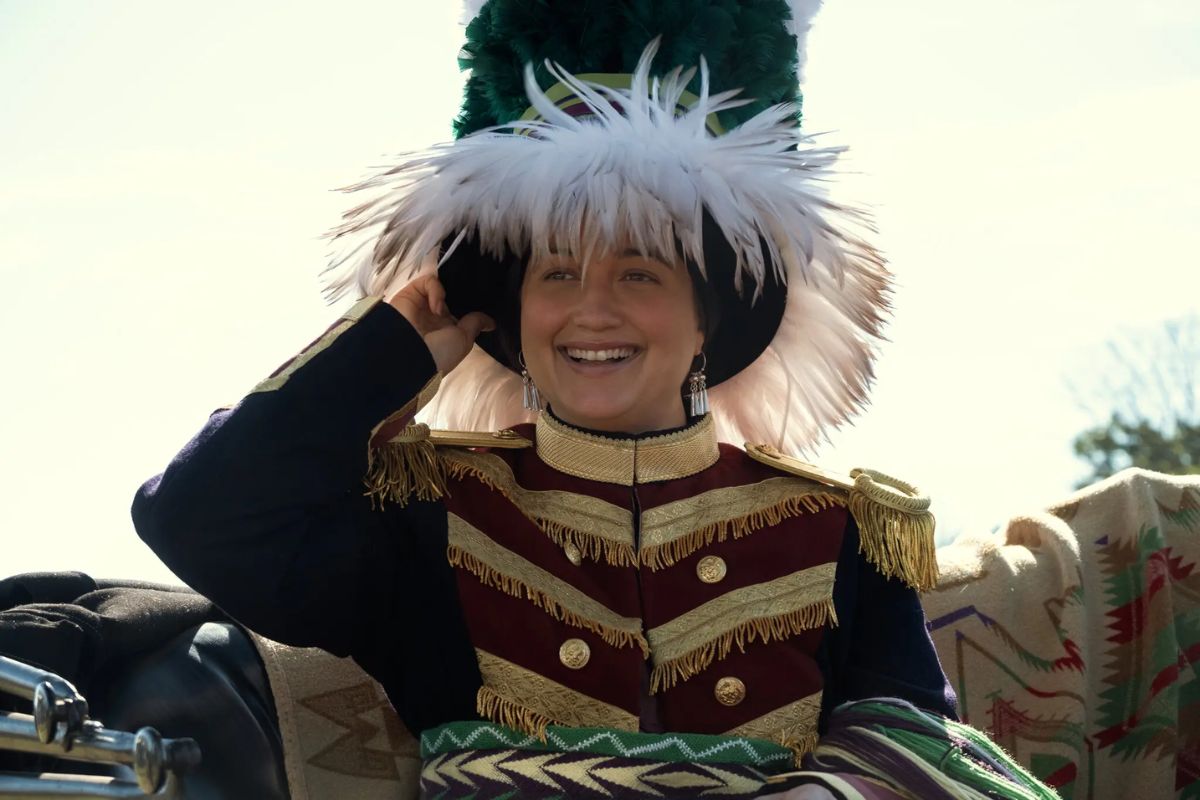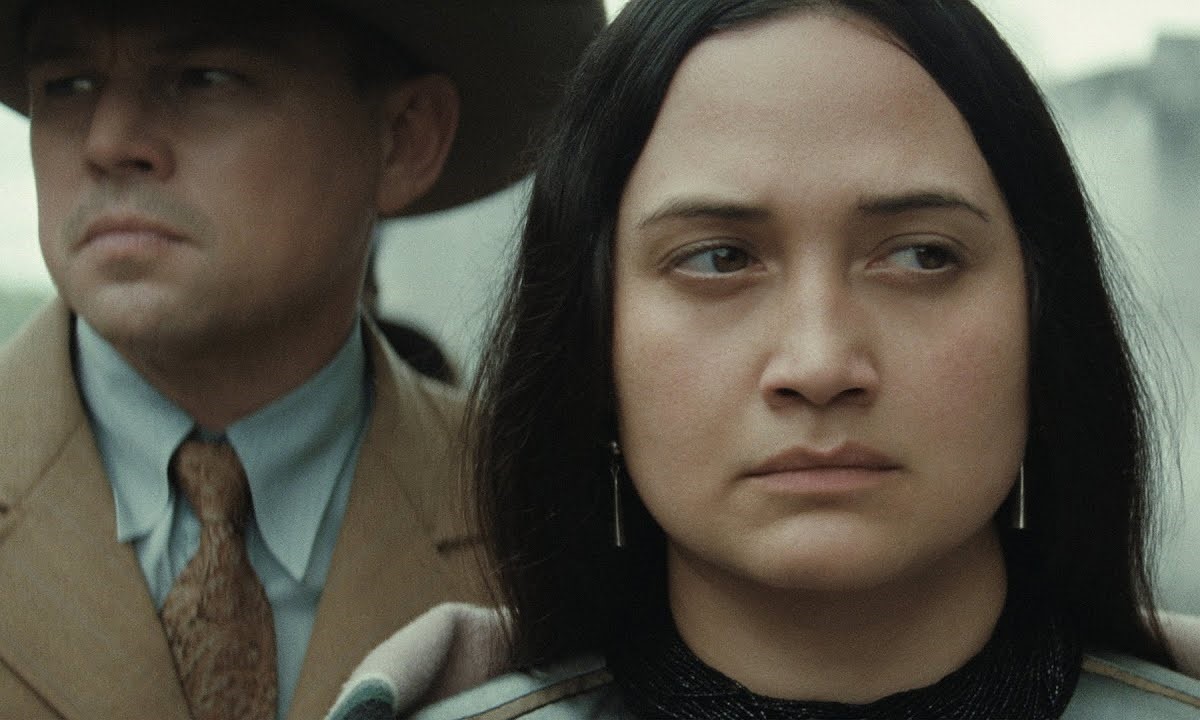USC Annenberg Outlines How Much of an Anomaly Lily Gladstone’s Latest Role Was
Lily Gladstone's role and performance show the need for greater representation.

Killers of the Flower Moon is a groundbreaking film in many respects, including Native American representation. However, a recent report by the Annenberg Inclusion Initiative has highlighted just how much of an anomaly the film is in terms of Indigenous women’s representation in Hollywood.
What is the Annenberg Inclusion Initiative?
The Annenberg Inclusion Initiative (A.I.I.) is a University of Southern California think tank that specializes in “studying diversity and inclusion in entertainment through original research and sponsored projects.”
The AII focuses on three areas: Using research “to offer insight and evidence to industries on where diversity is needed and how to achieve it,” “foster[ing] inclusion and giv[ing] a voice to disenfranchised or marginalized groups” and “Offer[ing] simple actions for complex solutions to facilitate social change at the student, industry, and societal level.”
One of their most recent reports has shined a spotlight on Lily Gladstone and how her role in Killers of the Flower Moon was an incredible anomaly.
The Lily Gladstone Effect

Lily Gladstone is an amazing actress, and while it’s great to see her celebrated for her role, it also highlights how rare it is to see a Native American woman in a leading role.
The AII’s report “examined 1,600 movies from 2007 to 2022,” specifically focusing on the representation of Native American women (Native Hawai’ians or Indigenous people of Canada and/or Latin American were not included in the survey). That data painted a clear picture of the Indigenous representation in Hollywood—or rather, the lack thereof.
Of those 1,600 films, 1,581 of them “featured zero Native American Female-Identified speaking characters.” Across those 19 films that featured Native Americans, there were 133 Native roles, with only 99 of them actually being portrayed by Native actors. 77% of the roles were for Native American men, while only 23% were for Native American women. Only one was a leading role for a Native American actor.
“This data shows that filmmakers simply do not tell stories that put Native women at the center,” Stacy L. Smith stated in the report. “Moreover, when a cast features Native men and women it is clearly a departure from the patterns of erasure and invisibility that are often the norm when it comes to this community.”
This report doesn’t even get into how Gladstone’s performance defies stereotypes. Gladstone’s portrayal of Mollie Burkhart is not sexualized or reductive, but sees her as a whole person who keeps in touch with her culture despite feeling as though the entire world is against her and her people. The relationship between her and her sisters is the heart of the film, and the film itself is very empathetic to the real dangers indigenous women, girls, and two-spirit continue to face, such as kidnapping, domestic abuse, and murder.
Implications for the future of Native American representation

According to the Annenberg Inclusion Initiative’s report, “[Killers of the Flower Moon] represents a critical chance to see a story centered on Native women’s experiences and for Native women to work in Hollywood. But this cannot and 8 should not be the only such film to offer employment to Native women and men.”
The Initiative has proposed many potential changes to the industry to support Native American voices, including:
– Hire, fund, and support Native filmmakers at all levels of the industry, from film schools to film festivals, and into independent and studio fare.
– Support existing programs to shepherd Native writers and filmmakers and recognize their talent.
– Audition and cast Native talent across all roles– even when roles that are not specifically written for Native actors.
– Ensure that Native filmmakers and actors have opportunities outside film alone– across television, streaming and even branded content and advertising– to develop their skills and be seen by audiences.
– Designate specific funding for Native talent, whether via current film funding schemes, new philanthropic initiatives, or other programs.
– Include Native critics in the process of reviewing films and other stories.
– Nominate Lily Gladstone for all awards that recognize extraordinary performances and ensure her work is seen and supported. #letsmakehistory
-Annenberg Inclusion Initiative
Personally, we cannot agree more. Lily Gladstone, Tantoo Cardinal, Cara Jade Myers, JaNae Collins, Jillian Dion, William Belleau, and every Native American actor/actress in Killers of the Flower Moon showcased an amazing performance and deserves not only recognition for this film, but continued roles in other films.
The representation of a group is not fulfilled by a single movie but by continued representation across all forms and genres.
(featured image: Paramount Pictures/Apple TV+)
Have a tip we should know? [email protected]
